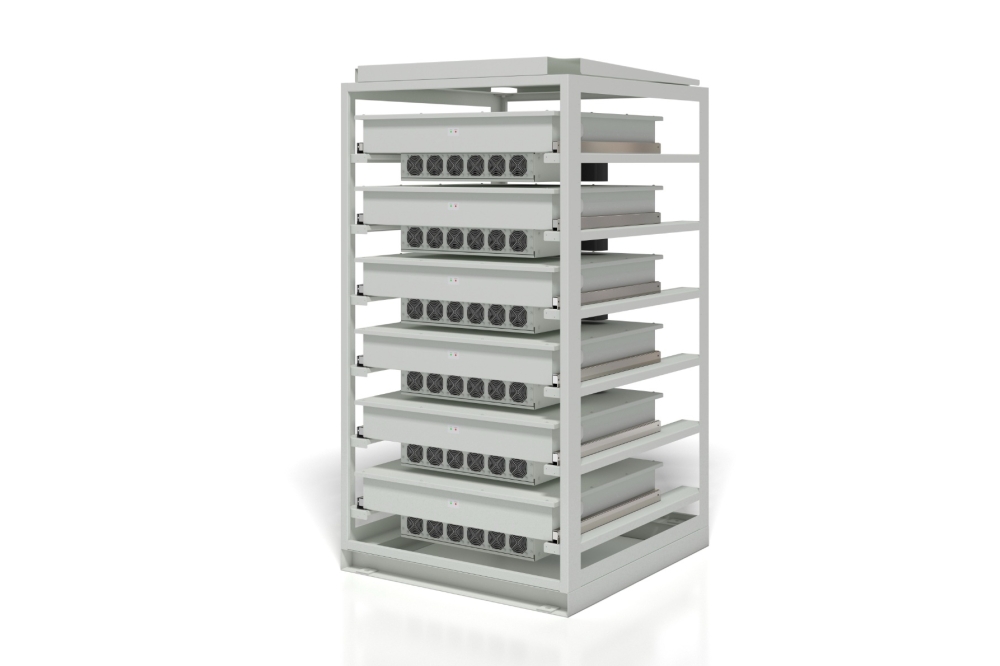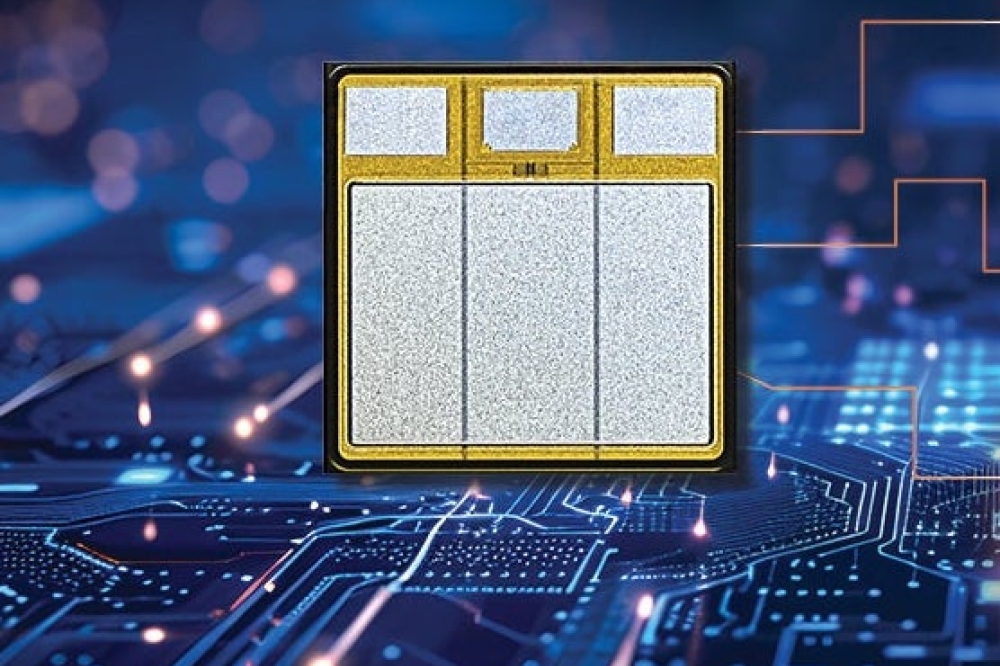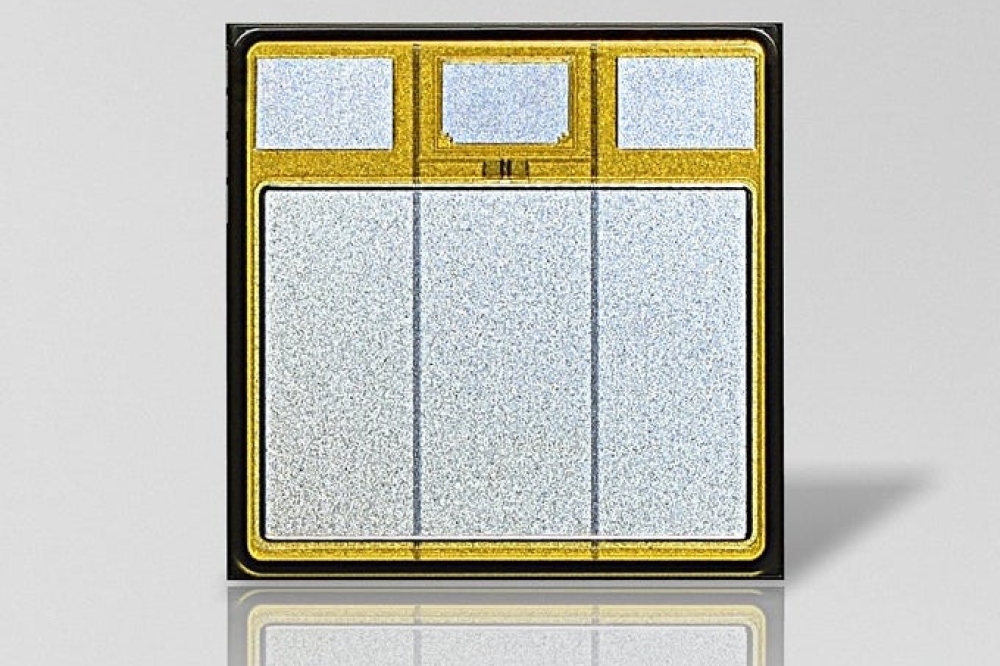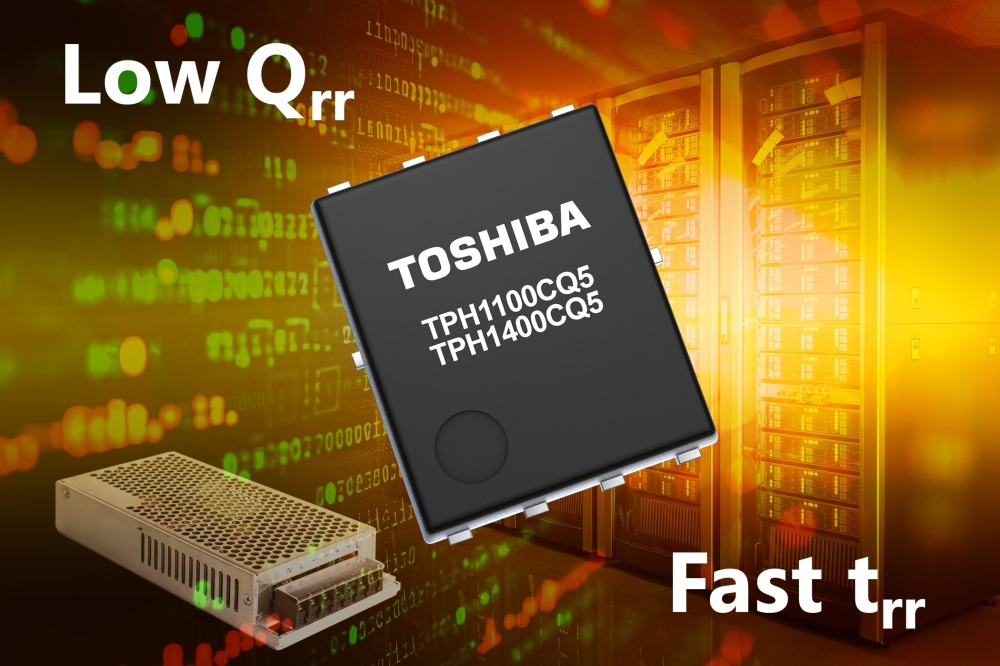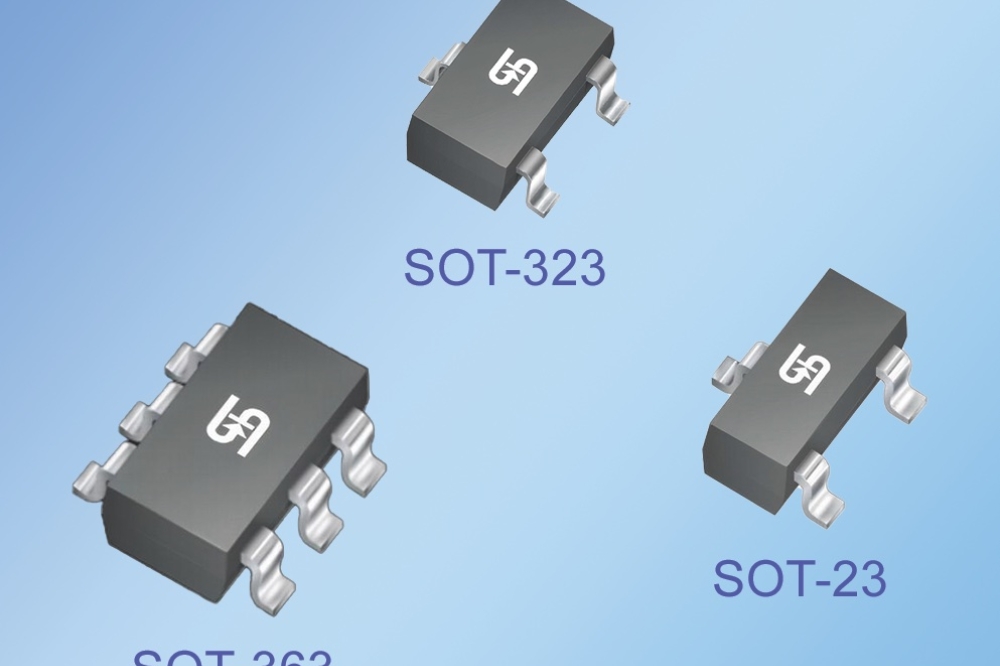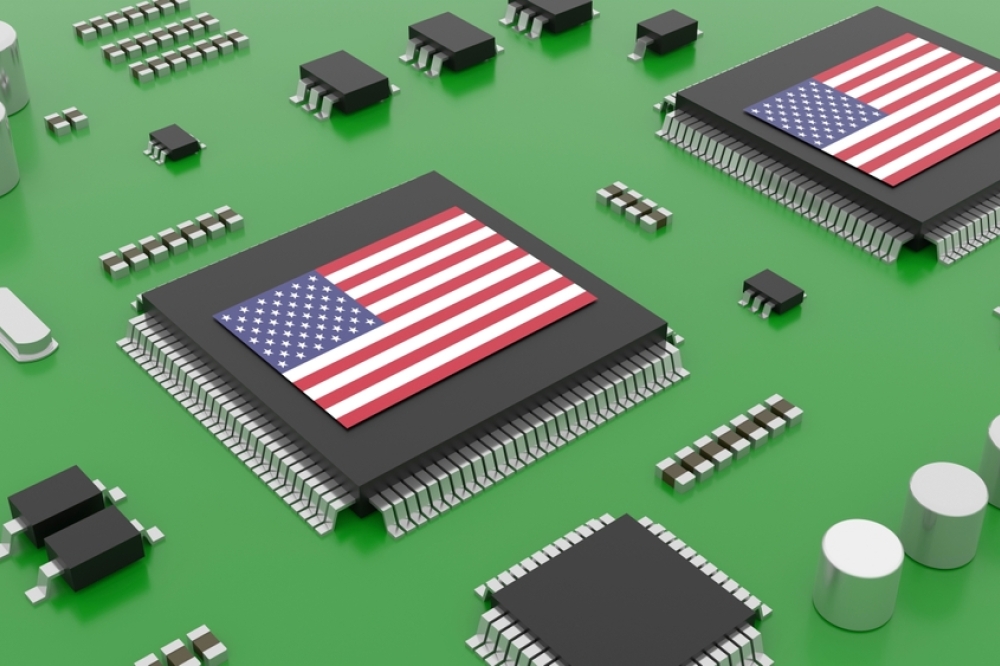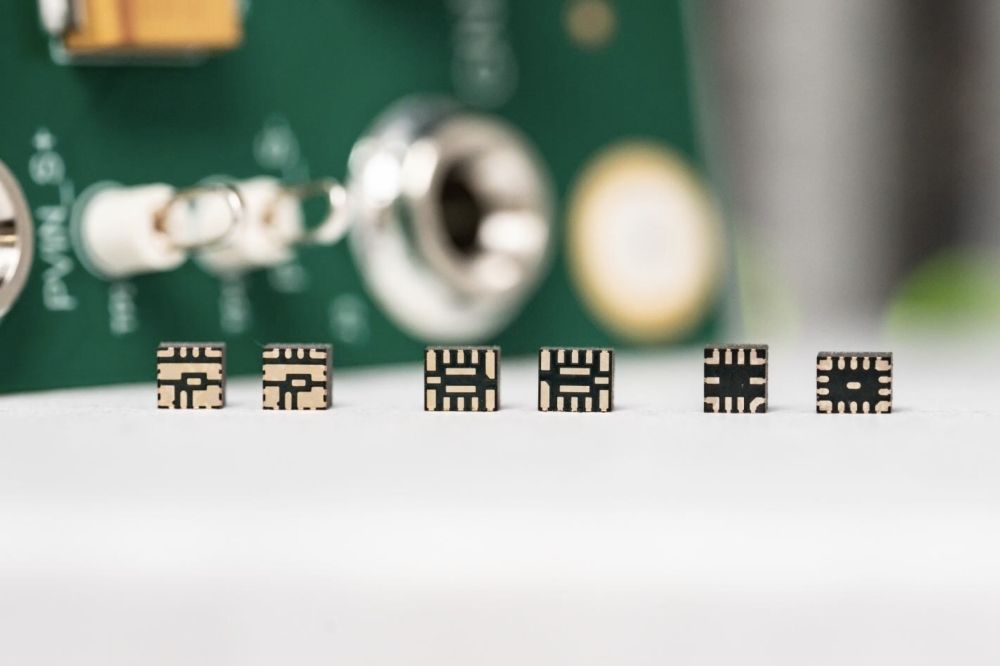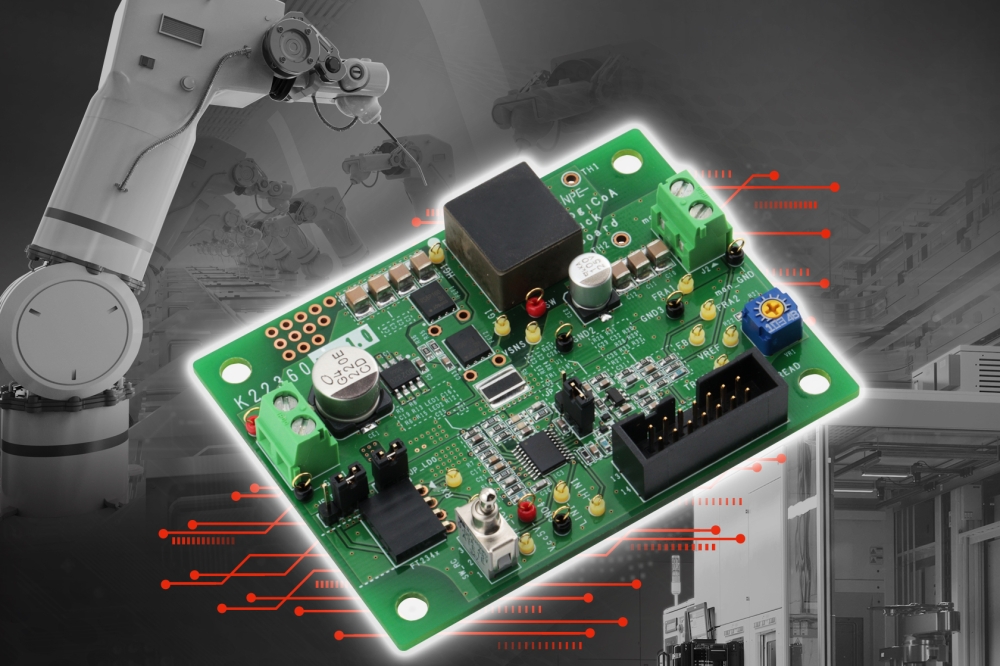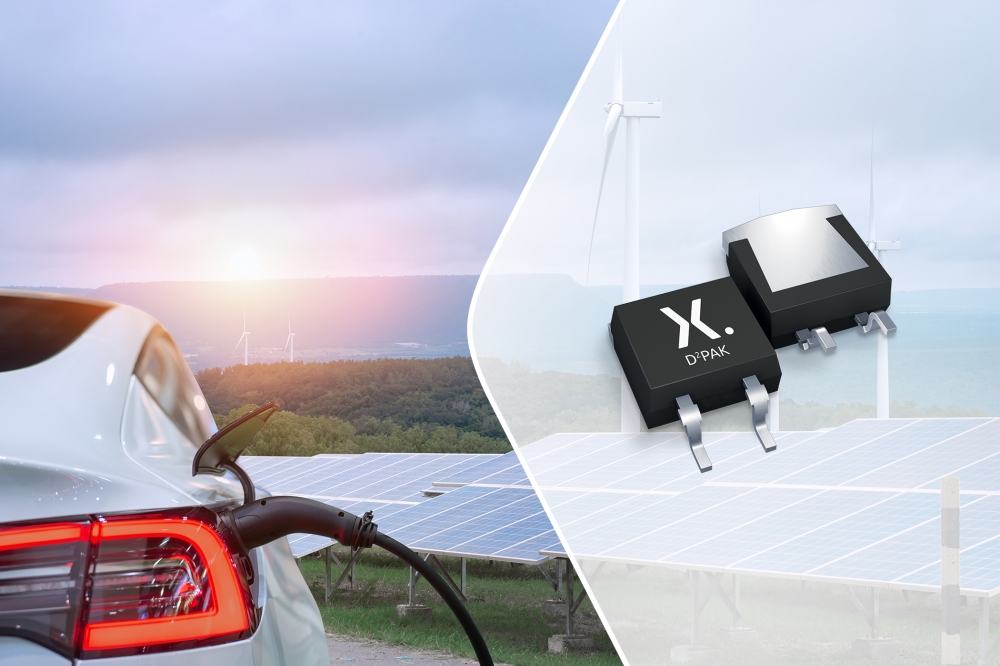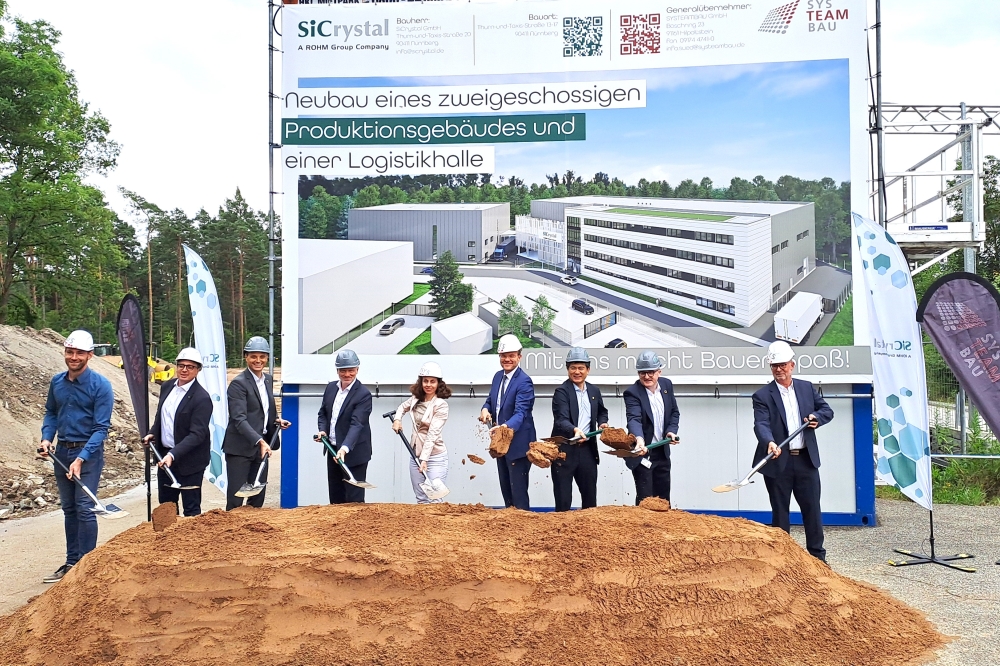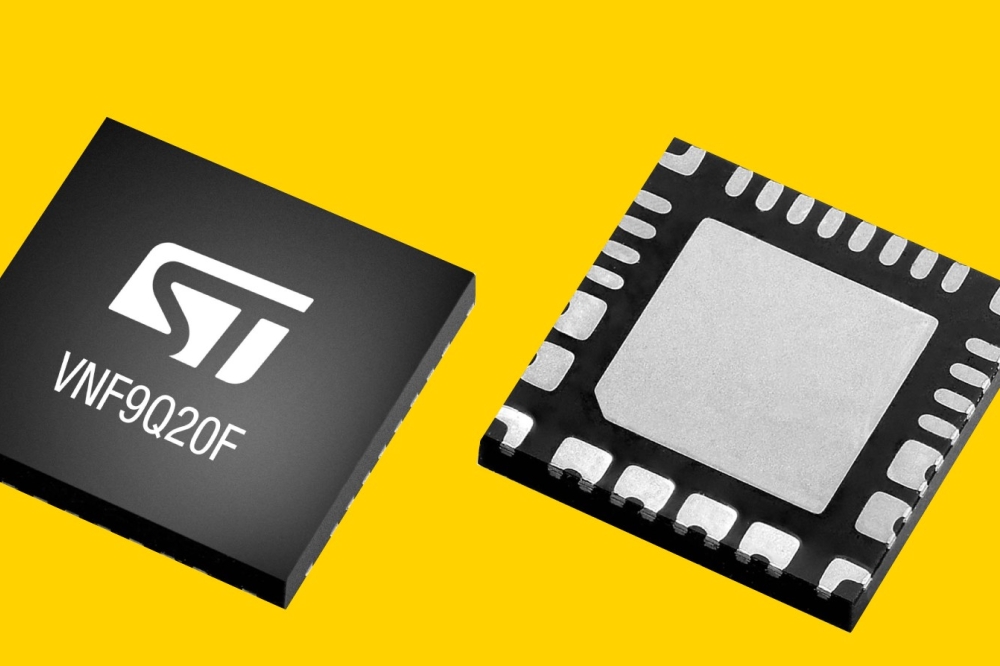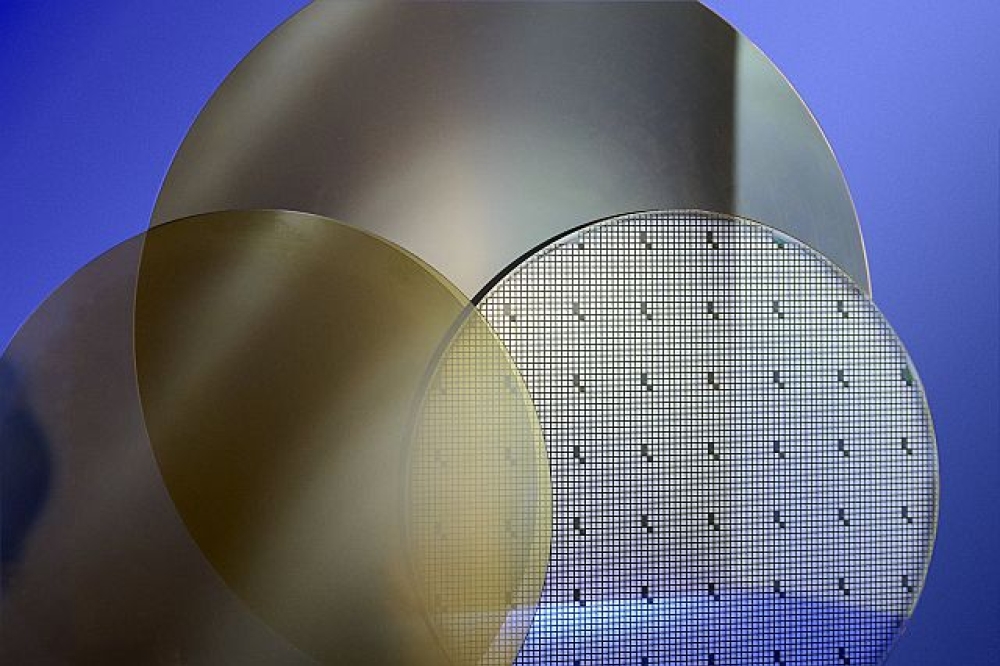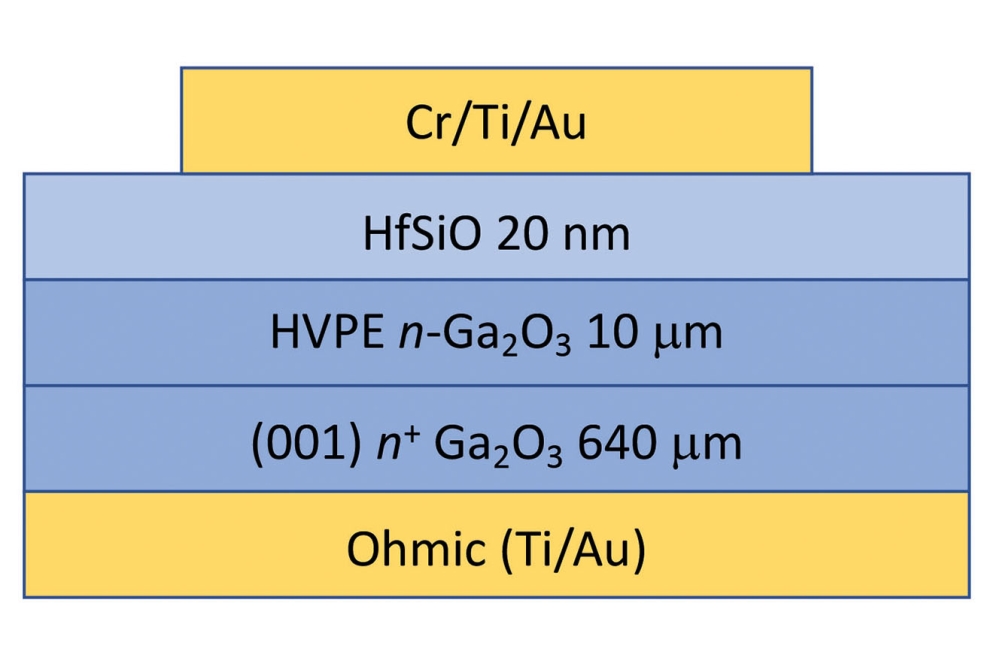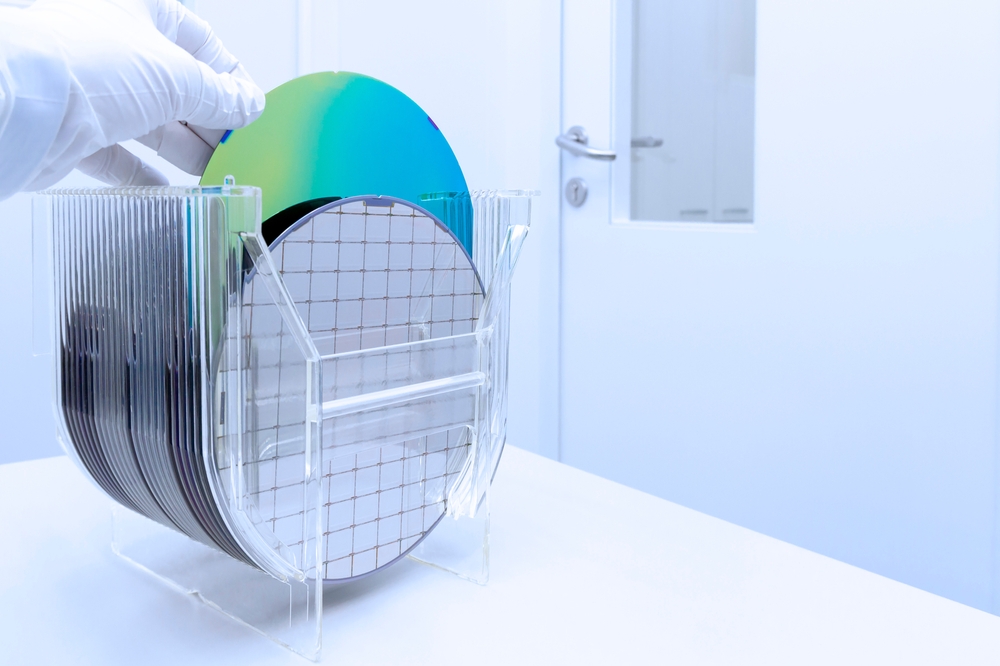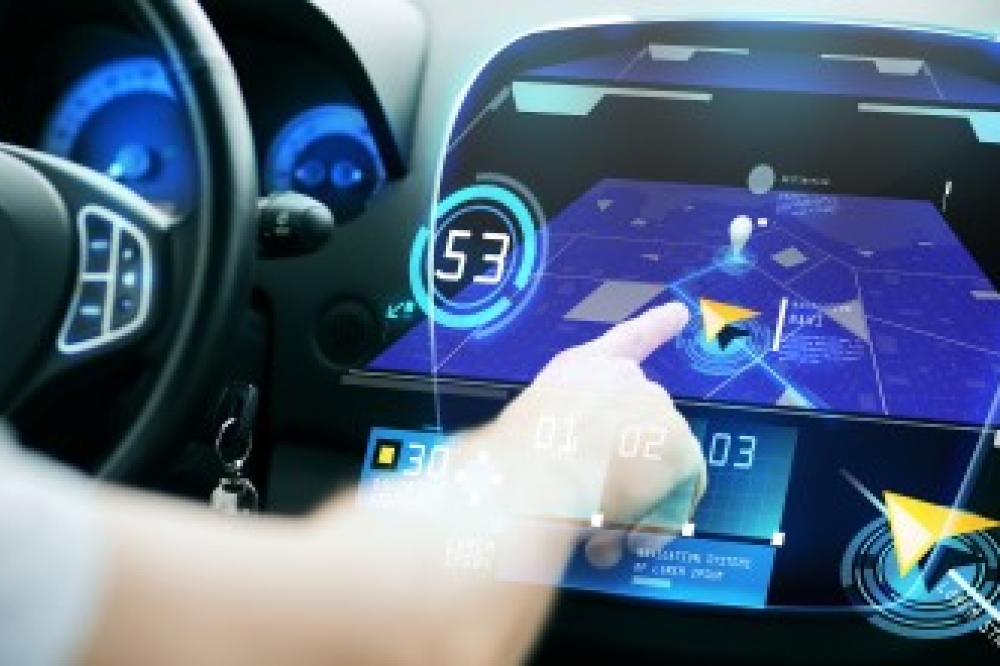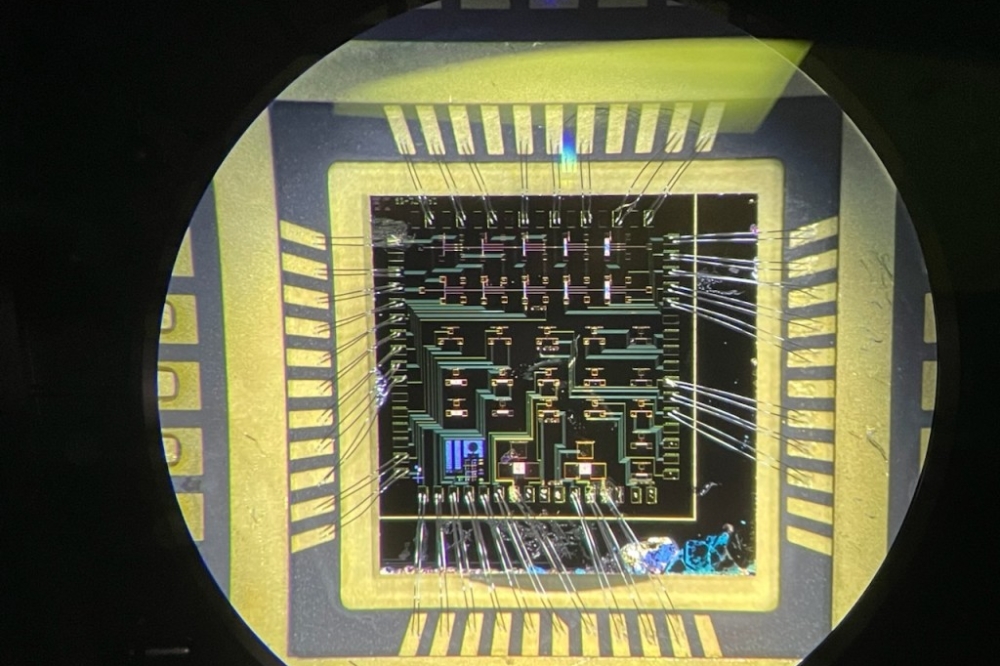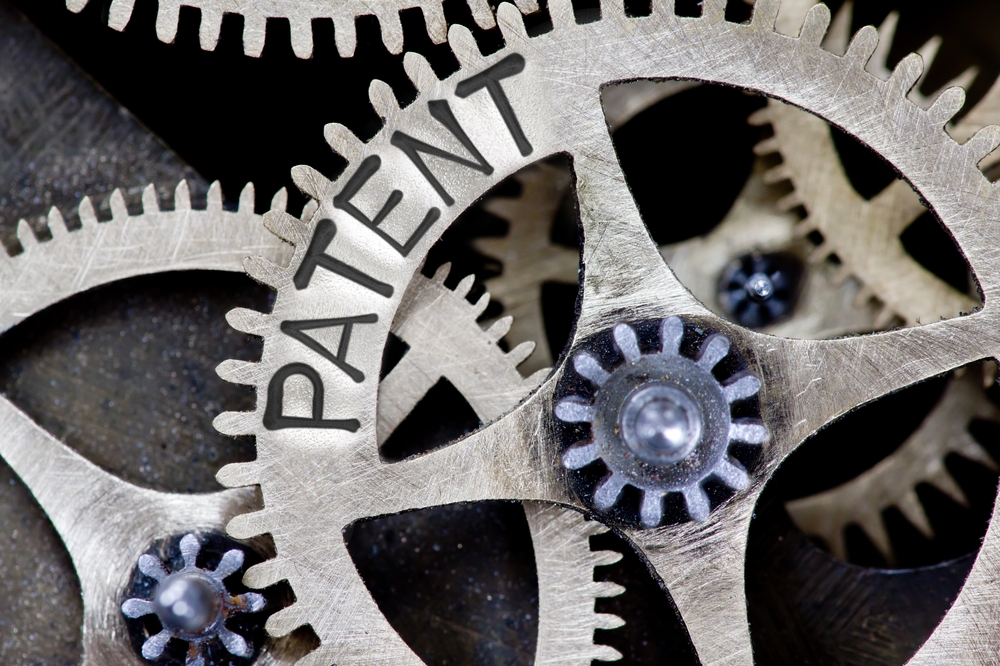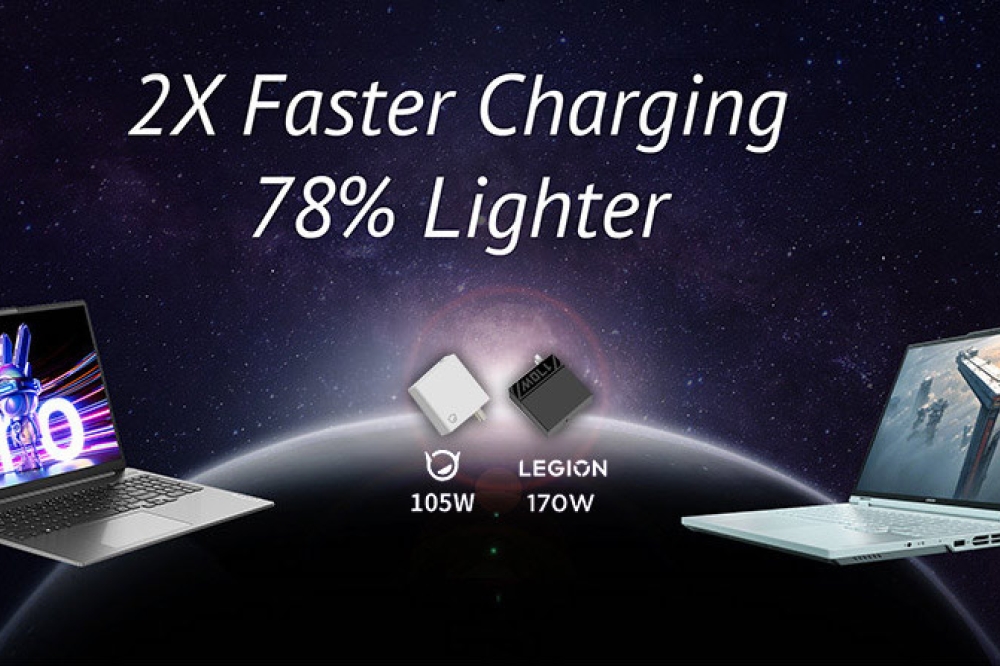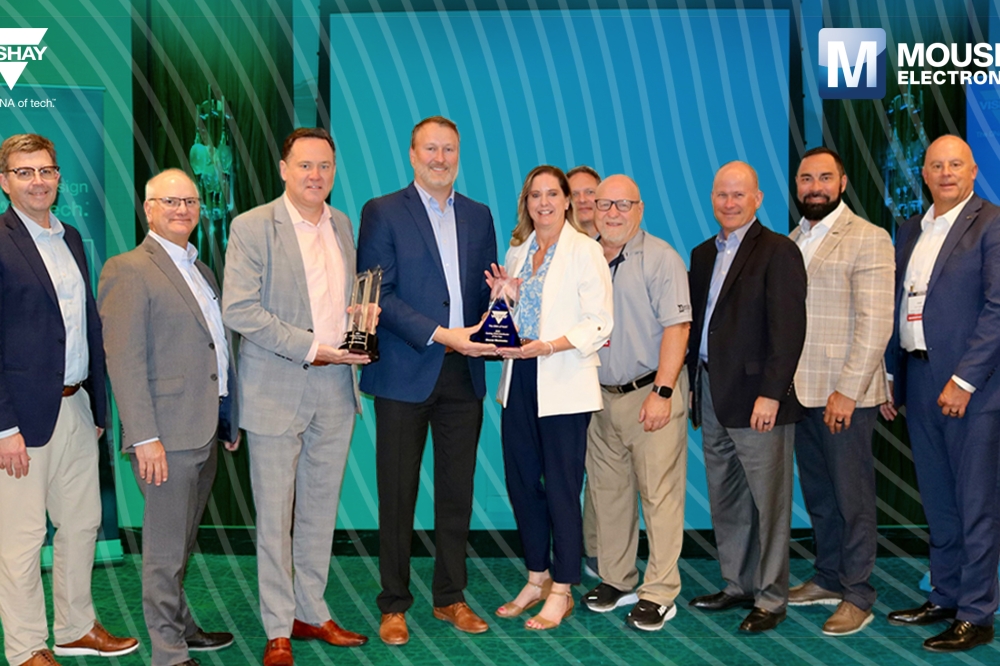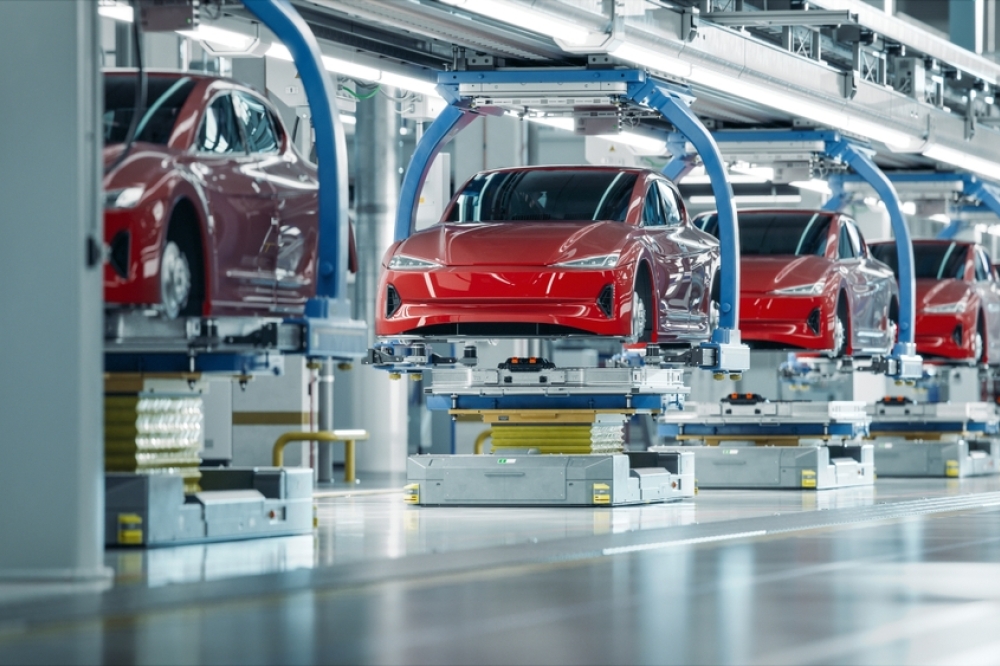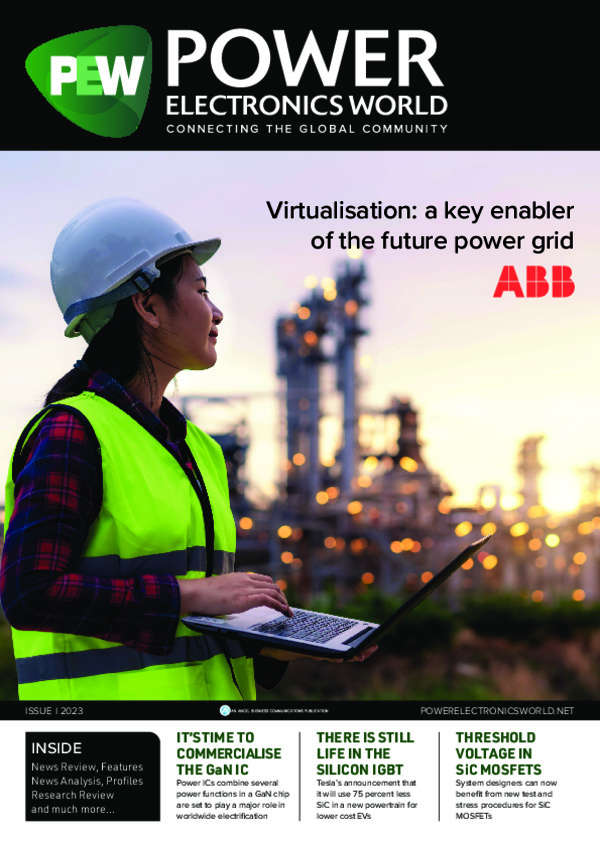
Virtualisation: a key enabler of the future power grid

Power grids are undergoing a period of radical change. This feature explores the transition to virtualised protection and control in the age of renewables.
BY HENRY NIVERI, PRODUCT MANAGER AT ABB
Power grids are shifting away from an aging infrastructure designed for one-directional power flow to one able to integrate dynamic renewable energy resources. To address this complex challenge, operators are looking for new solutions for sustainable power generation, responding to increasing demand and supply requirements whilst maintaining grid stability.
The virtualisation of protection and control forms a key part of this journey, offering new possibilities to optimize the supply of renewable generation and achieve flexibility and scale. The transition to virtualised protection and control is one of the enablers in the battle to stabilise the electricity grid in the age of renewables. The energy transition is certainly on. Already about 30 percent of the world’s electricity comes from renewables, including hydropower, solar and wind.1 By 2026 this figure is forecast to rise to the equivalent of today’s fossil fuel and nuclear energy capacity combined.2
But while this emerging new energy economy may be critical to our low carbon future, integrating these new energy sources is having a fundamental impact on the electrical grid. Put simply, our aged grid infrastructure was not designed for the renewable energy revolution. It was only designed to deal with a steady, reliable supply of energy, under the basic assumption that electricity generation is easily adjustable depending on the amount of electricity consumed. The inherent variability of wind and solar, including potential imbalances in supply and demand and changes in transmission flow patterns, make load balancing on the existing grid problematic.
This becomes even more complex when considering the current rate of added distributed energy generation. Today, we are seeing customers taking a more active role in generation, as energy production has become more accessible for all. We have also seen a rise in microgrids being powered by the growth in solar and wind. More decentralized resources enable a more resilient system and allow small and large power consumers alike to produce much of the electricity they need locally. However, distribution system operators still need to ensure stability and alignment between generation and demand.
Add to the mix a changing grid profile, as electricity needs evolve with rapid electrification driven by electric mobility, heating and ventilation, data centers and emerging industries, and it becomes clear that the world needs innovative approaches to balance the grid – and fast. Enter virtualisation which is set to become a key enabler in efficient supply and demand management, optimization and, in turn, grid stability.
Virtualisation in electrical distribution
Virtualisation – which, in simple terms, means creating a virtual, rather than actual, version of something – can help to stabilize the electrical grid in several ways. But to understand how, we must first look at a typical modern substation. Though the size of today’s substations can be variable, typically those that serve the power generation sector can be the size of a football field, and house, at the most basic, circuit breakers and switches, isolators, transformers and a busbar system to enable the smooth functioning of transmission and distribution systems.
Though, as the power grid needs continue to evolve, today’s substations are increasingly integrating additional technology too. From communication components, such as routers, Ethernet and mobile phone networks, and operator terminals through to SCADA (Supervisory Control and Data Acquisition) systems to enable full monitoring and control of all connected devices, most substations today have multiple computing devices, both legacy and newer assets, running specific applications and working in isolation.
This can make maintenance a minefield for the standard operator, tasked with keeping track of an ever-growing list of varied components. In most cases too, because individual devices have vendor- specific properties, for example, communication interfaces or engineering tools. This means any modifications involve a specialist skillset to be outsourced at a cost. This requirement will continue to grow as more digital functionalities, such as increased monitoring, diagnostics and analytics, are added.
Further, more devices mean more space required in a substation, making the task of physically installing and maintaining each asset a challenge in itself. Additional considerations include the expenditure associated with power supply, cooling, heating and ventilation requirements, maintenance and whole lifecycle management. Through virtualisation, it becomes possible to address many of these challenges by consolidating multiple workloads, such as protection and control, from various pieces of equipment into one single, easy-to-use platform. In short, virtualisation separates software functionality from the physical device.
As the first major benefit, virtualisation drastically reduces the number and type of devices in substations. These devices could be handling, for example, protection, control, monitoring, diagnostics, and communication. This means that there are fewer devices to replace, test, commission and maintain. As there is only one kind of hardware running all the different tasks it effectively eliminates the need for users to learn the specifics for each device and reduces the amount of knowledge required to maintain the substation. It also enables most key activities to be performed remotely, in real-time, anywhere in the world, negating the need for a physical presence. The result is faster, less expensive operations.
But the benefits do not end there. What is equally appealing about virtualisation is the ability to aggregate all the data from various devices in the substation into one single location. For the utility provider, the wide-reaching visibility afforded by this approach can empower better decision making in power quality, renewable integration, asset management and more.
Virtualised protection and control Inherently, the switch from a conventional approach to a virtual one will not happen overnight. As with all big innovation, it will only be achieved through incremental steps – the first of which will be the shift towards virtualised protection and control. As many utility operators know, handling protection and control is complex, because of the involved engineering and maintenance required with interdependencies born out of the increasing amount of intelligent devices. Take, for example, the growing demand and the increasing penetration of large-scale intermittent sources, such as wind farms and solar panel systems, which place new pressures on the need to balance local supply and demand as much as possible, maintain voltage levels within tolerances, and control power quality and reliability at connection points.
Given the typical complex setup, which can entail any number of varying protection and control, measurement and communication devices which needed to be both physically installed and integrated into the established substation, the resulting system can be complex to maintain. This is where virtualisation comes in. By virtualising protection and control functions, it becomes possible to upgrade, maintain and operate the protection and control arrangement in real-time with ease.
Working via one central software platform also makes it easier to analyse and act upon the data obtained from the assets, individually and collectively. For the busy utility operator, this level of insight will be game-changing. Through a more holistic overview, it will allow energy distributors to respond to significant changes far better and even prepare for them ahead of time. This strategic approach also affords the ability to identify and address issues before they escalate and analyze recurring trends to anticipate similar failures or performance constraints. Virtualisation also entails less material requirements and curbs the carbon footprint associated with material manufacturing. Other benefits include simplified life cycle management and flexibility to scale with ease.
A strong example of this is ABB working with UK Power Networks, as a part of the Constellation project3, to develop a wide area protection system that uses the 5G telecoms network for communication between substations. Based on the IEC 61850 standard, the system will enable real-time monitoring and control of distributed energy resources such as wind and solar farms.
With thousands of substations across Great Britain, UK Power Networks’ new approach has the potential to unlock 1.4 gigawatts (GW) of network capacity that will enable further integration of DER. This would achieve annual savings of 19 million tons of CO2 emissions and would be a significant step in the right direction for the UK to reach Net Zero by 2050. Constituting a complete industry first, this ground-breaking system follows in ABB’s ongoing investment into the virtualisation of protection and control in recent years, with new further innovations in the pipeline.
An enabler for change
The world’s energy mix is evolving at pace, and the reality is that utilities will still need to redesign, if not completely overhaul, the grid infrastructure to respond to the challenges that have arisen. In the interim, sharper focus will be placed on those solutions which can support greater renewable integration and evolving power needs in the now. The virtualisation of physical assets will prove a critical tool, empowering utility operators with the advanced capabilities and intelligence needed to streamline operations, optimise processes and prepare for changes in grid behaviour ahead of time. Not only will this inevitable shift make for a more stable grid but also have a positive impact on the environment. Clearly then, the era of virtual protection and control has arrived.
Further Reading
1. https://www.iea.org/reports/global-energy-review-2020/ renewables
2. https://www.iea.org/news/renewable-electricity-growth- is-accelerating-faster-than-ever-worldwide-supporting-the- emergence-of-the-new-global-energy-economy
3. https://new.abb.com/news/detail/78658/abb-technology- enables-uk-grid-to-integrate-more-renewable-energy


